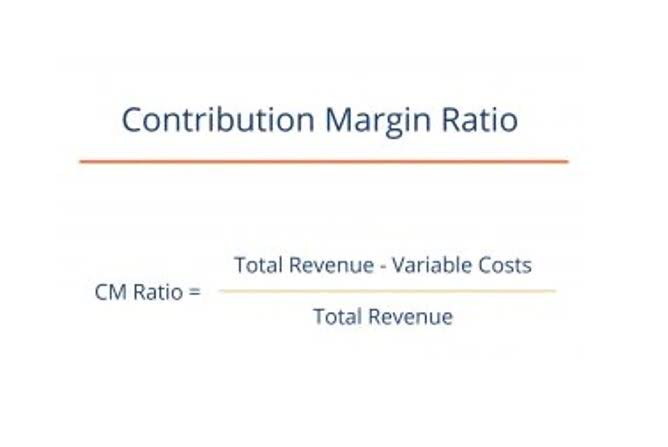
Requirements for contractors using the completed contract method include an estimated project completion date of fewer than two years. The contractor should also not have gross receipts that exceed $25 million for the preceding three years. However, for some developers and their subcontractors, revenue isn’t realized until the project is complete and units are sold. If there is an expectation of a loss on a contract, record it at once even under the completed contract method; do not wait until the end of the contract period to do so. Recording losses at once represents the most conservative form of accounting, ensuring that financial statement users are aware of problems as soon as they arise.

Financial Accounting II
Accordingly, as with the completed contract method, Build-It holds the value of their billings on their balance sheet before they can recognize it on their payroll income statement. Of course, that doesn’t mean the contractor who uses the completed contract method doesn’t get paid. They’ll continue to bill and receive payment, much like they would under a different revenue recognition method.
- Understanding your revenue recognition options is crucial for accurate financial reporting and strategic planning.
- This is because instead of looking at contract completion, ASC 606 looks at the completion of performance obligations.
- Carbon Collective partners with financial and climate experts to ensure the accuracy of our content.
- If tax rates were to increase during that period of five years, the company faces paying higher taxes than it would have if reporting occurred sooner in the process.
Percentage of Completion vs. Completed Contract: What’s the Difference?

And finally, accounts for general overhead expenses like marketing, model homes and sales office, closing costs, and bad debts. Below is a break down of subject weightings in the FMVA® financial analyst program. As you can see there is a heavy focus on financial modeling, finance, Excel, business valuation, budgeting/forecasting, PowerPoint presentations, accounting and business strategy. While you may not have noticed, the 5-project WIP report I showed in the video has all the pertinent information to complete the monthly WIP entries in the accounting system. If your construction company isn’t careful, however, this technique can backfire.

Scroll less, learn more about construction.
Although the cash method might be straightforward, it can delay recording revenue and expenses until the money is earned or paid out. This depends, but completed contract method example the percentage of completion method is generally considered to be better when dealing with long-term contracts. That’s because the income and expenses are spread out over the course of the project, which makes a company’s profitability more accurate. The completed contract method, on the other hand, waits until the project is completed. This can lead to skewed financial figures because income and expenses are accounted for once a project is completed.
- A company can establish milestones throughout the project’s lifetime and assign percentages of completion for each milestone.
- For construction firms, effectively managing financial statements is an important building block for success.
- Therefore, if the project is deemed to be 40% complete, the business would report 40% of the $4 million project revenue ($4 million x 0.4).
- Rome wasn’t built in a day, and neither are skyscrapers and bridges.
- If you watched my video, you noticed I do not adhere to accounting reporting conventions on the balance sheet.
Our connected global construction platform unites all stakeholders on a project with unlimited access to support and a business model designed for the construction industry. He has extensive knowledge of ASC 606 revenue recognition regulations and criteria and more than ten years of expertise in GL accounting, with a strong emphasis on revenue recognition. Whether you opt for Food Truck Accounting CCM or PCM, RightRev’s automated solutions can guide you and your accounting system to unmatched compliance and efficiency in your revenue recognition. From an accounting entry perspective, CCM follows a straightforward procedure. Revenue is credited, and the corresponding expenses are debited, resulting in the full recognition of both at the same time.
Deferment of Tax
However, the Financial Accounting Standards Board (FASB) has placed various conditions and restrictions on its use to prevent poor bookkeeping and companies using it to boost short-term results. Once the building has been constructed and all the payments have been made, the company will declare and record its earnings and costs. Answering that question is often dependent on the revenue recognition method your company adopts as per its revenue policies. Revenue policies help to determine when performance obligations are met and revenue should be recognized. Although there are several different revenue recognition methods, we’ll explore the completed contract method in more detail throughout this blog.

However, this also means postponing expense recognition, potentially affecting future tax liabilities should the tax laws change. While CCM is valuable for short-term projects with uncertain outcomes, it’s important to remember that it can also introduce more volatility into financial statements. CCM is likely the best choice for software developers or creative agencies with less-than-predictable contracts. On the other hand, construction projects or engineering firms with long-term and easy-to-estimate contracts would benefit from PCM. However, it is important to note that CCM is generally appropriate for short-term projects.

